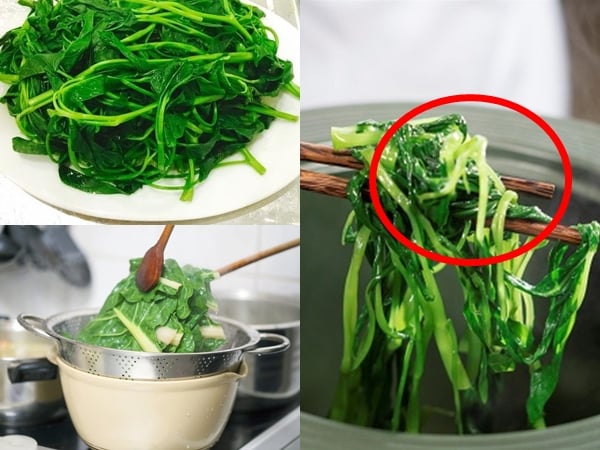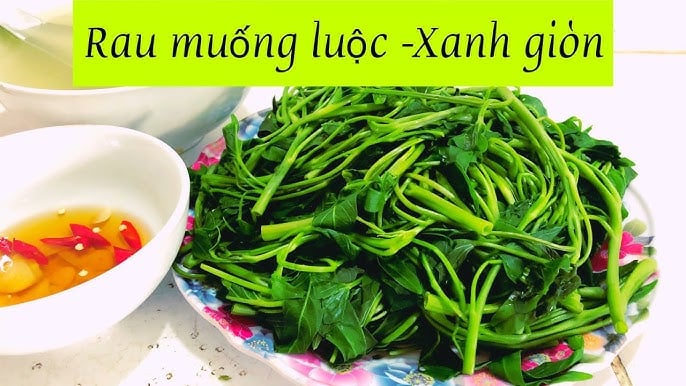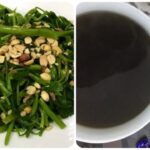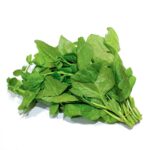This Inexpensive Vegetable Offers a Plethora of Health Benefits

Boiling Green Vegetables to Perfection
– Anti-aging and Skin Rejuvenation: This affordable vegetable is rich in antioxidants, which help prevent cell damage caused by free radicals. As a result, it enhances the skin’s defense against external aggressors, preventing and reversing signs of aging.
– Heart Health: Water spinach is packed with nutrients, including vitamins A, C, and beta-carotene. These antioxidants work to lower total cholesterol levels and prevent the formation of lipid plaques, reducing the risk of coronary artery atherosclerosis and associated heart attacks and strokes. The magnesium content in water spinach also contributes to lowering blood pressure and promoting cardiovascular health.
– Cholesterol Control: Water spinach is an excellent source of dietary fiber, with 100g of the vegetable providing 2.1g of fiber. This helps reduce blood cholesterol levels and offers various other health benefits, making it an ideal addition to weight loss diets.
The following are some tips to ensure your boiled vegetables retain their vibrant green color and taste delicious:

Tips for Boiling Vegetables: Keeping Them Green, Tasty, and Fresh
1. Prepare a bowl of cold water with ice (you can also add a few slices of lemon for extra flavor) and immerse the vegetables in it immediately after boiling. Let them soak until the water is no longer cold, then drain the vegetables.
2. Bring a pot of water to a rolling boil and add a teaspoon of salt (or half a teaspoon of sugar, which also helps retain the green color). Start timing once the water returns to a boil, and cook for an additional 5 minutes. For crisp and vibrant green water spinach, ensure the vegetables are fully submerged, and aim for a brief cooking time. Overcooking can lead to discoloration and a loss of texture.
3. A simple rule of thumb is to use a generous amount of water and less vegetable. This ensures quick boiling and cooking, preventing color changes. Polyphenol oxidation due to prolonged boiling can turn the vegetables an unappetizing red color.
4. A handy kitchen tip is to add a pinch of salt to the boiling water. This enhances the flavor of the vegetables, preserves vitamins and nutrients, and ensures they retain their vibrant green color.
It’s important to use the right amount of salt when cooking. Too much or too little can affect both the taste and the nutritional value of the dish. The ideal ratio is one teaspoon of salt per half-liter of water.
Water spinach, often grown near ponds and lakes, can harbor parasites. Consuming raw or undercooked water spinach may increase the risk of intestinal parasites such as liver flukes. In particular, Fasciolopsis buski can enter the body, attach to the intestines, and migrate through the intestinal wall into the bloodstream, causing abdominal discomfort and allergic reactions. Therefore, it is crucial to properly clean, soak in salted water, and thoroughly cook water spinach before consumption.
While water spinach offers numerous health benefits, it should be consumed in moderation. For optimal health, include water spinach in your daily diet, but in moderate quantities, not exceeding 300g per day.
Note: Individuals with certain conditions, such as physical weakness, severe cold, or open wounds, should refrain from consuming water spinach. It is advisable to introduce water spinach to the diet only after these symptoms have subsided.



































